
In the popular show “Squid Game“, competitors face off in lethal versions of childhood games, which range from easy to excruciatingly difficult. Despite their differences, they all share one chilling factor: they are extremely deadly. Yet, not every deadly game is equally challenging; some are nearly impossible to survive while others provide a glimmer of hope.
To celebrate the conclusion of the Squid Game series, we have examined which games provided the highest chances of survival and those that might lead to our elimination. We’re focusing on numerical data rather than personal opinions about which games are easiest to win. We’ve also restricted our analysis to games played on the island in relation to the competition. It’s straightforward to add other challenging games like Russian Roulette or Rock Paper Scissors Minus One once you consider the daunting odds of the games we have examined.
12
Night Time Brawl
26% Death Rate

In the TV series, there were two major fights at night, one happening in Season 1 and another in Season 2. The first fight occurred shortly after Player 101, Deok-su, killed Player 271, reducing the number of players from 107 to 80 before the Tug-of-War event. This suggests that around 27 players were killed during the fight, which is approximately 25% of the remaining players at that time.
In Season 2, another fight broke out following the deaths of five characters in a bathroom (including Thanos), leaving 95 survivors. However, the numbers get a bit tricky here. Thirty-five players were marked dead, but two of them miraculously survived. Some other players were killed by guards instead of other players, and there were several additional deaths. Based on the eight bodies hanging in the stairway, it seems that 25 more players were killed in the brawl, resulting in a death rate similar to the previous fight at around 26%.
Violent but Survivable
In the heat of the Night Time Brawl, it was heart-wrenching to see Se-mi (Player 380, played by Won Ji-an) meet her end, brutally stabbed by Nam-gyu (Roh Jae-won, as Player 124). It was a gruesome spectacle, one that left Min-su (Lee David as Player 125) and me, the viewer, with a heavy heart. Yet, despite the violence, not every bloody battle results in death, and surprisingly, the Night Time Brawls were the most likely to end without fatalities.
11
Six-Legged Pentathlon
30% Death Rate
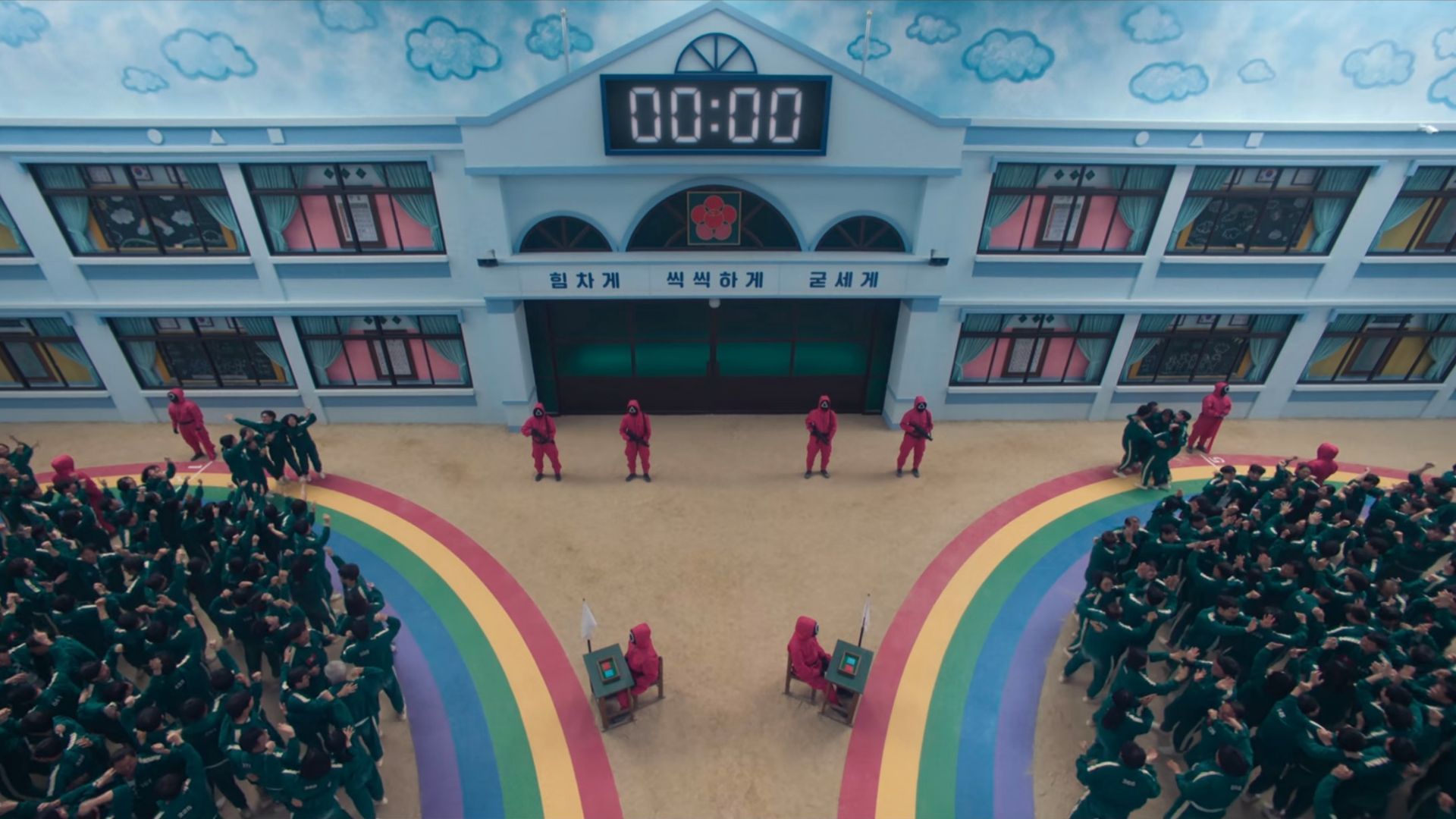
In Season 2, the Six-Legged Pentathlon unfolded with six participants from each team, each assigned to a distinct game. The games were Ddakji, Biseokchigi, Gonggi, Paengi Chigi, and Jegi. If a player couldn’t finish their game, they had to retry before their teammates got a turn. This rule resulted in 110 players dropping out, which equates to 30% of the total number, leaving 255 players to carry on with the competition.
Odds Within Odds
It’s tough to determine which mini-game in the Six-Legged Pentathlon was the toughest or most perilous, as at least one team struggled with Ddakji, two teams faced challenges with Biseokchigi, and three teams had difficulties with Gonggi, Paengi Chigi, and Jegi respectively. Moreover, many teams seemed unable to finish all five games on time, and it’s hard to tell when most teams suffered their defeats. However, the teams that lacked teamwork were at a significant disadvantage, as each player’s chances of success were heavily dependent on their teammates’ cooperation, in addition to their own skills and mini-game selections.
10
Sugar Honeycombs/Dalgona
42% Death Rate

In the thrilling world of Squid Game, I found myself among the returning contestants, numbering 187, who decided to reignite the competition after an initial halt. We were subsequently arranged into four lines and presented with sugar honeycomb cookies, each bearing a distinctive shape – triangle, circle, star, or umbrella – in their center. The rules were clear: remove the shape without breaking it, or face elimination. Alas, 79 participants, roughly 42% of us, struggled to execute this task, reducing our number to a fierce 108.
Improving the Odds
Indeed, most of the players who perished in Dalgona were those who opted for the more challenging shapes, such as umbrellas. A deep understanding of the game was crucial in this scenario, which is what allowed Player 218, Sang-woo (Park Hae-soo), to select triangle and survive. Acquiring such knowledge may not be straightforward, but it’s certainly not unattainable. The players’ room subtly hinted at the gruesome games ahead, providing clues for those who were paying attention.
9
Squid Game
50% Death Rate
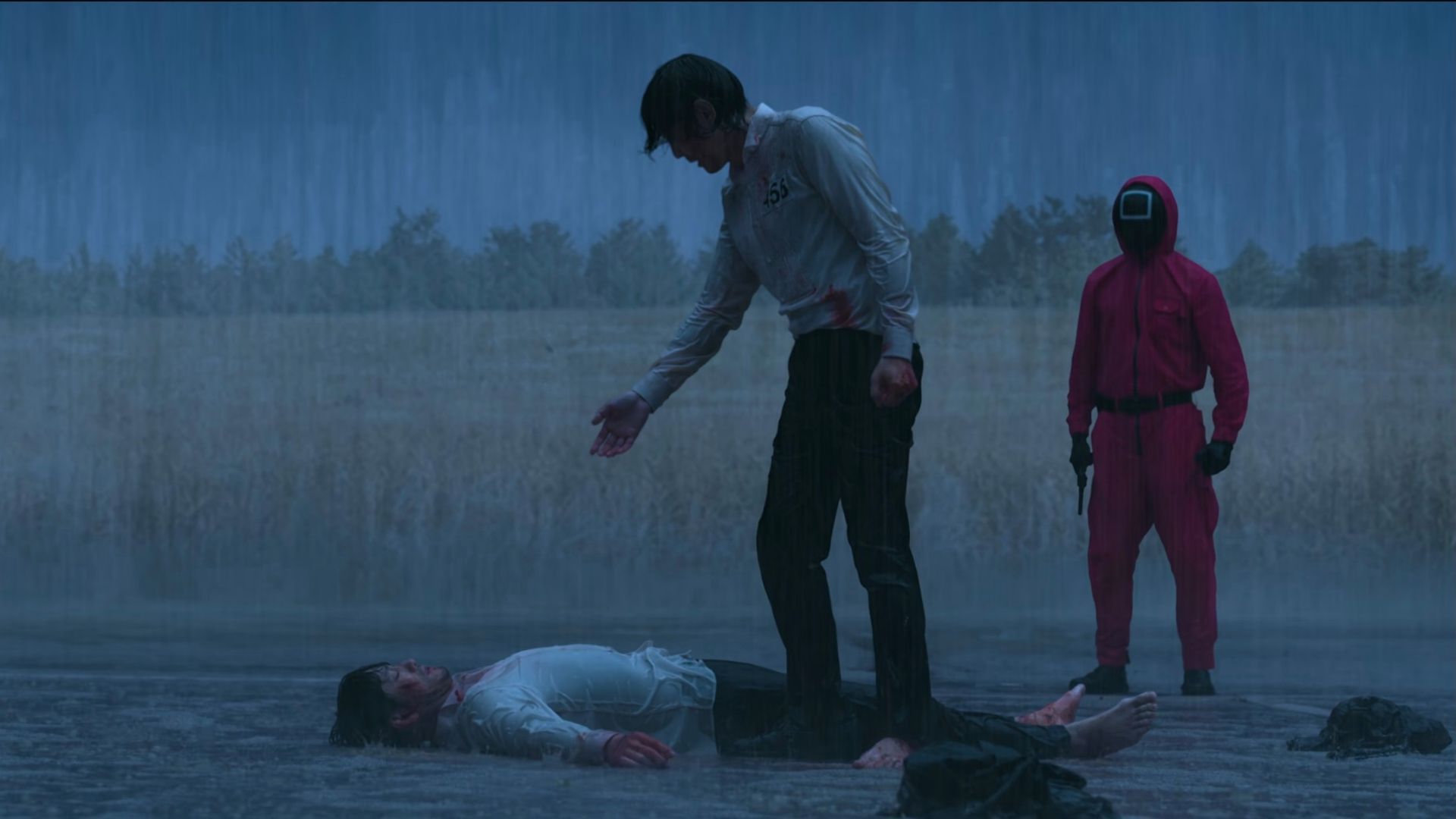
Title match and season 1 finale of Squid Game was modeled after a traditional South Korean children’s game where one player took on a defensive role while another acted as the attacker. The attacking player would leap on one foot outside the boundary lines, striving to reach the goal, while the defending player aimed to knock them off the playing field. However, the series evolved into a deadly battle royale, with Gi-hun emerging victorious when Sang-woo opted to take his own life.
Another Casualty
It’s plausible to view Player 067 (Sae-byeok, played by Hoyeon) as another tragic character in Squid Game. Despite being killed by Player 218 prior to the game commencing, it appears that her demise was a necessary condition for the other two players to participate. The numbers get complex: Gi-hun and Sang-woo had the option to end the game, implying no one would have perished. However, ultimately, Sang-woo lost, making the odds of death in the game 50%.
8
Tug-of-War
50% Death Rate
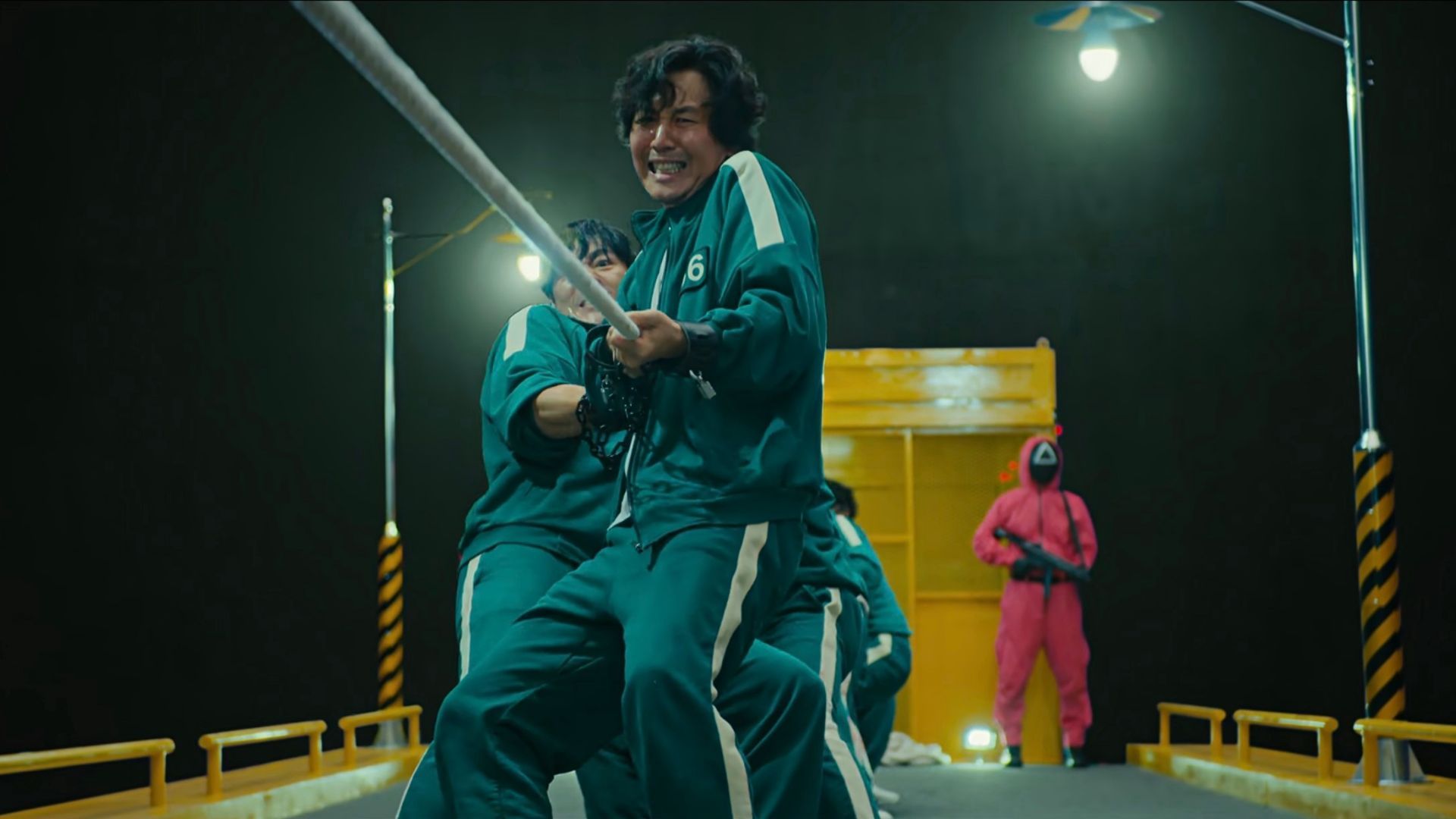
In simpler terms, Tug-of-War is quite simple compared to other deadly games. It typically features 80 participants divided into teams of 10. Two teams compete simultaneously on raised platforms, attempting to pull their opponents over the edge. Unfortunately, a lethal drop awaits them if they fall. By game’s end, only half of the players (40) survive, keeping the death toll at an alarming 50%.
Rigged Odds
It seems plausible to suspect that the game of Tug-of-War might have been manipulated in Player 001, Ol Il-nam’s (O Yeong-su’s portrayal) favor. This could potentially boost your chances of winning to 100% if you were competing against him. Moreover, his strategy appeared beneficial not just for himself but also for his teammates, which would have increased your odds if employed. However, it’s important to remember that this analysis pertains to the overall risk of death within the game, and only half of the participating teams managed to survive.
7
Red Light, Green Light
56% Death Rate
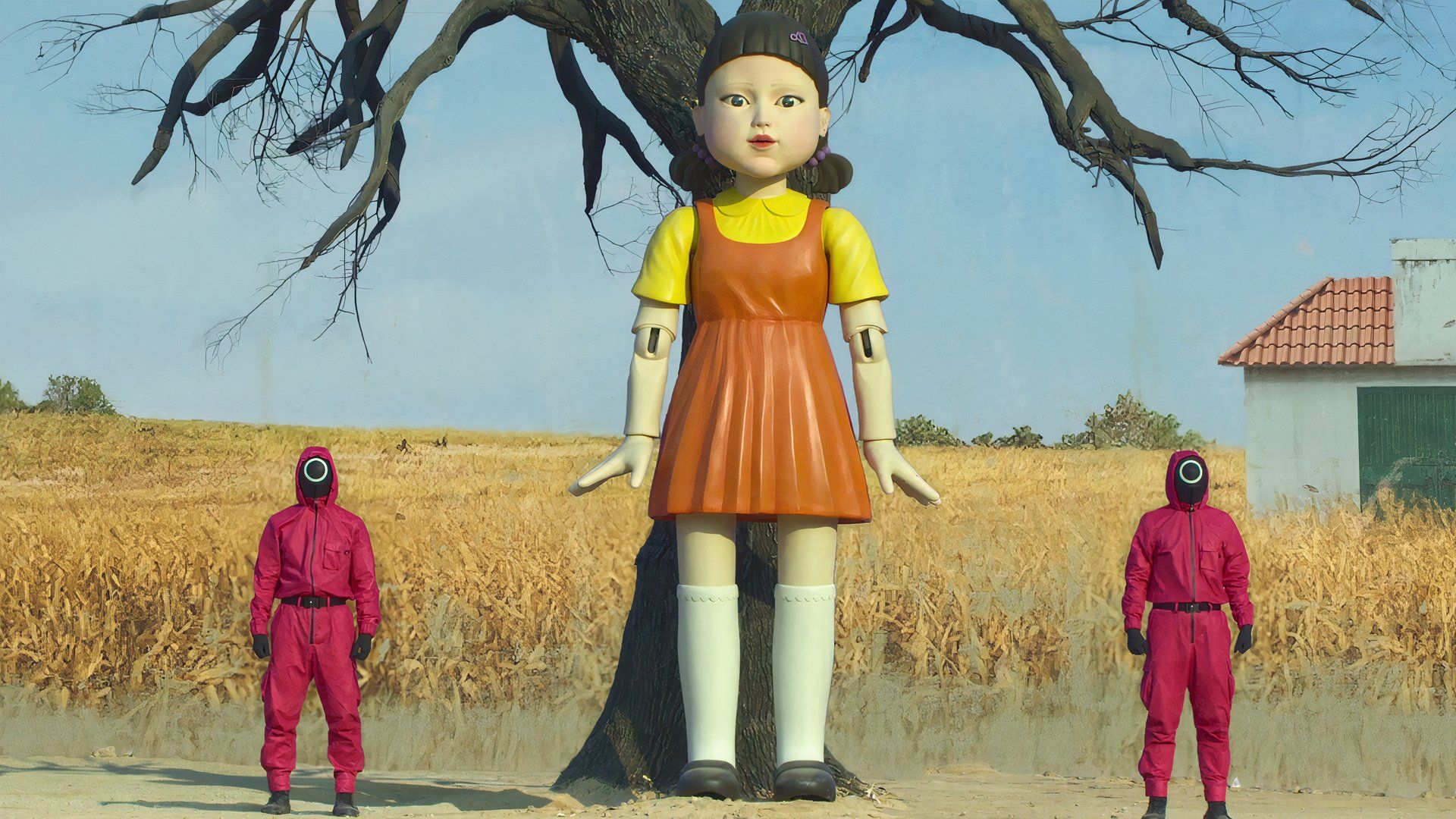
In the upcoming game, we see a repeat from the series, acting as the inaugural game for both Seasons 1 and 2. The contestants were positioned on a field with a specified time limit to traverse it. However, whenever the colossal doll turned her back, they had to halt immediately. In Season 1, an astounding 255 individuals perished in this game, reducing the total count to 201, which equated to a mortality rate of 56%. Fortunately, during Season 2, Gi-hun offered guidance to the new entrants, thereby lowering the death toll to 91, or 20%, resulting in an overall mortality rate of approximately 38% across both seasons.
Testing the Odds
In simpler terms, while 38% is lower than some other numbers on the list, we don’t think it accurately represents the danger level of the game in Season 2 because players had advanced knowledge and help from Gi-hun, which was an unfair advantage by Squid Game standards. We’re only using the initial number here to show how challenging Red Light, Green Light could be for those who weren’t familiar with it.
6
Marbles
54% – 58% Death Rate

One of the saddest moments in the series Squid Game was when marbles made friends betray each other during games where only one participant could win. Some groups played Odd or Even, while others chose to compete on who could get a marble closest to a target. In Gi-hun’s scenario, he competed with Oh Il-Nam and almost lost both the game (and his life), but managed to win, albeit at the expense of his fellow player, Gganbu.
Losing Our Marbles
In this game called Marbles, math can become quite challenging. Initially, there were 38 players involved, but due to a unique circumstance, Player 212, also known as Mi-nyeo (Joo-ryoung), was excused from one round following the death of another player. This left an uneven number of participants at 39. Out of these 39, only 17 managed to survive, which means approximately half (55%) perished in the game. However, if we count Mi-nyeo as a survivor, the mortality rate drops slightly to around 54%. Conversely, if we consider Player 069 as one of the deceased, since he took his own life shortly after, then the death rate rises to approximately 58% and 56%, respectively.
5
Hide and Seek
58% Death Rate
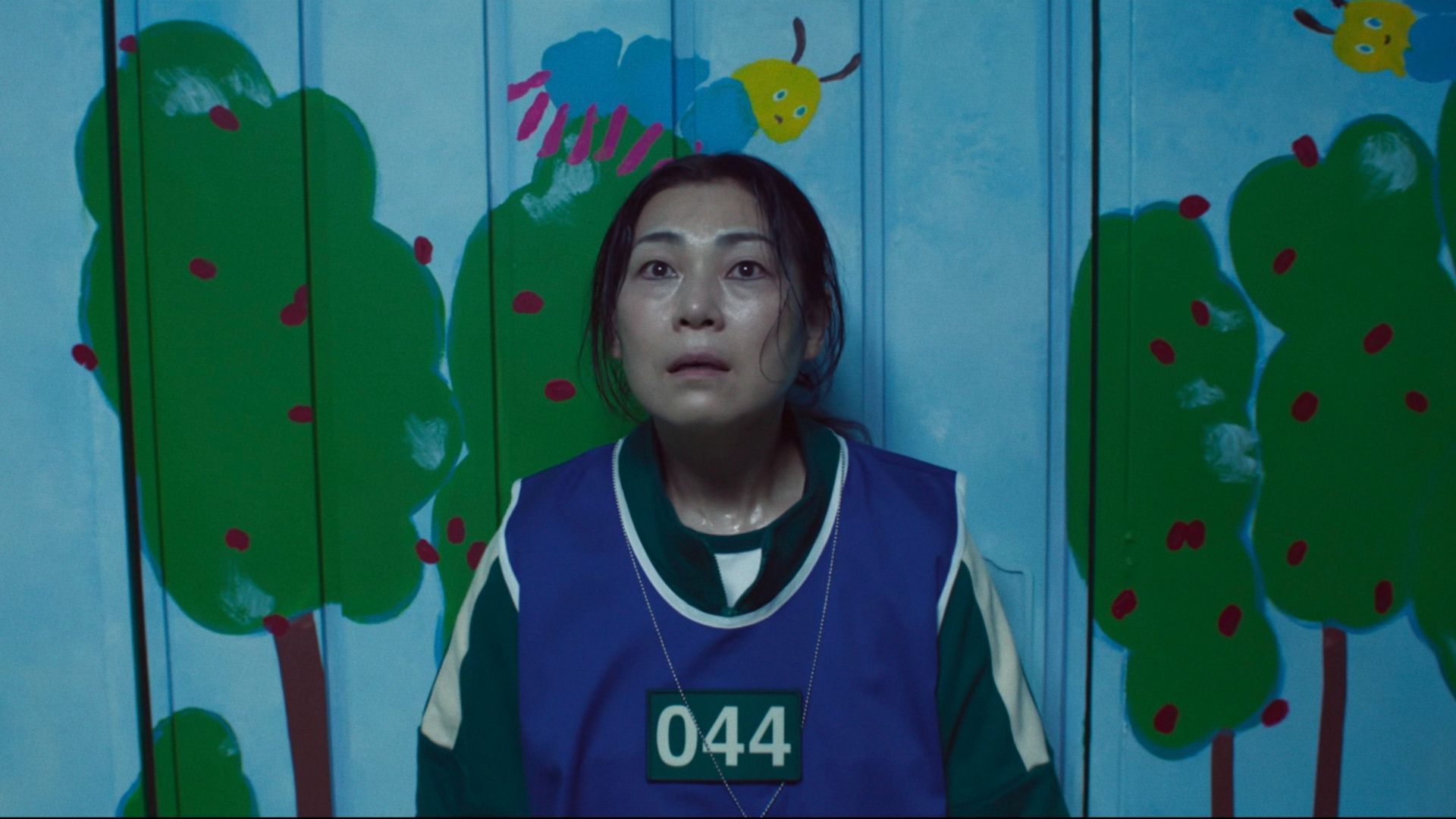
In the game known as Hide and Seek, or alternatively Keys and Knives, there were 30 individuals hiding in search of an exit and 30 seekers attempting to locate them. The hiders could choose to stay hidden or find the exit within a specific time period, while the seekers faced death if they failed to kill a hider beforehand. In this game, a total of 35 players lost their lives, resulting in a death rate of approximately 58%. If we include Player 149 Jang Geum-ja (Kang Ae-sim)’s suicide as related to these deaths, the death rate increases to an exact 60%. Regardless, it was one of the series’ most chilling, sorrowful, and convoluted games.
The Key to Survival
During this particular game, several significant deaths occurred, such as Yong-sik (Yang Dong-geun), Dae-ho (Kang Ha-neul), Seon-nyeo (Chae Kook-hee), among others. Tragically, Player 120, Hyun-ju (Park Sung-hoon), met her end at the hands of Player 333, Myung-gi (Im Si-wan). Hyun-ju had bravely tried to guide her friends towards the exit before she was fatally attacked. Consequently, while Hide and Seek wasn’t the deadliest game in history, it ranked high among the most lethal and violent games experienced by our main characters.
4
Mingle
61% Death Rate
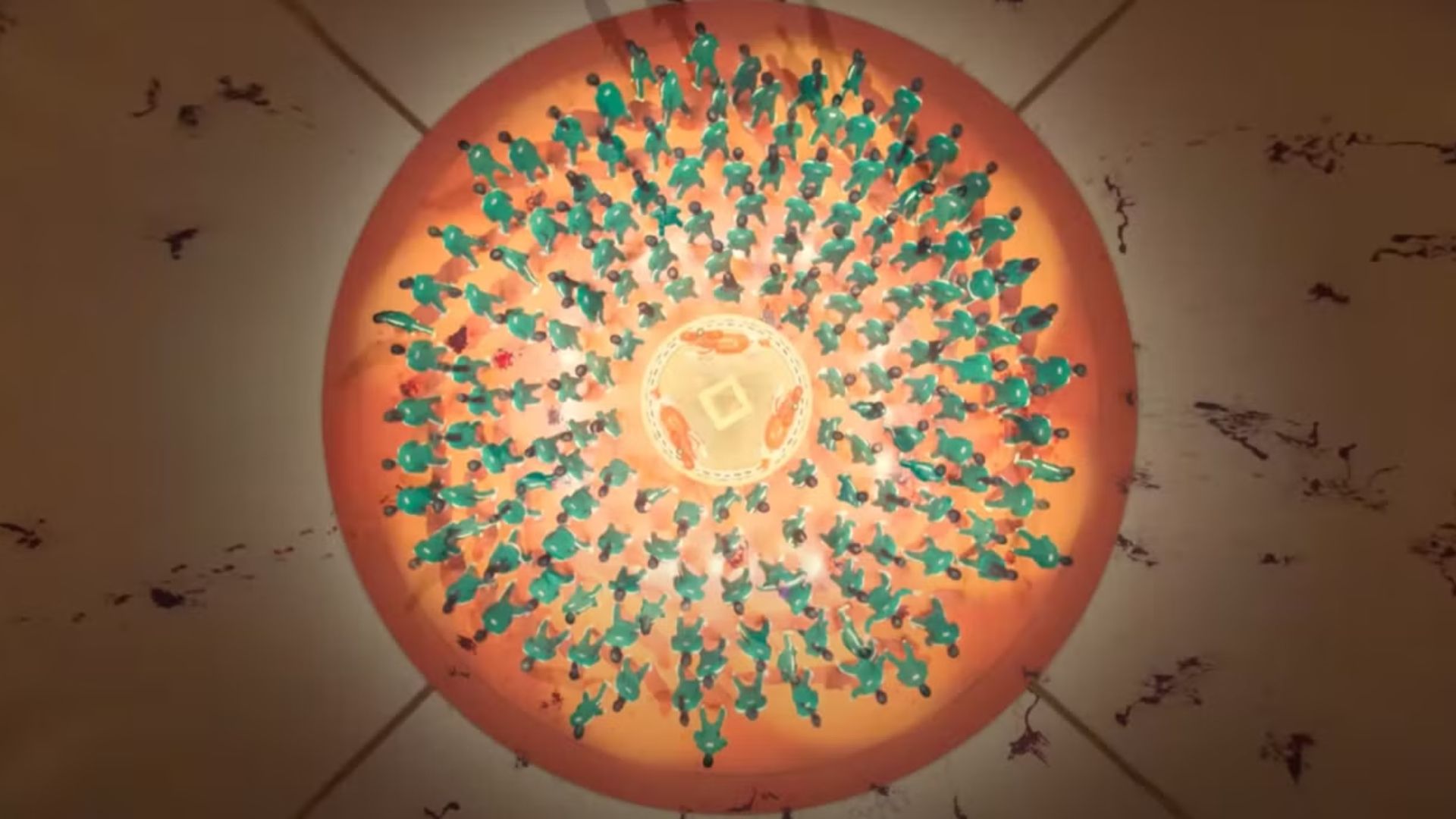
In the upcoming game called Mingle, players take turns being assigned a number, then they seek to gather individuals matching that number. Once found, they rush together to designated rooms, however, the rooms were insufficient for everyone. Tragically, 155 out of 255 players succumbed to this shortage, resulting in a staggering fatality rate of 61%. This leaves us with just 100 survivors remaining.
Odd Man Out
In this game, if you were the only one left out, it meant your luck wasn’t on your side. Regrettably, that was the case for Player 095, Young-mi (Kim Si-eun), when she fell and Myung-gi seized her position. The events that unfolded were distressing, offering a chilling insight into the true malevolence of Myung-gi.
3
Jump Rope
64% – 67% Death Rate

In my experience, Jump Rope isn’t just a casual game when you elevate a platform to great heights and make the rope incredibly dense, capable of knocking participants off their feet with a single swipe. The game might have had more survivors if there hadn’t been betrayals among players, causing some to be tossed off from both sides. Unfortunately, out of the original 24 competitors (or 25, if we count the baby), 16 fell, including Player 222, Jun-hee (Jo Yu-ri). This leaves us with a grim statistic: either a death rate of 67% or 64%.
The Beginning of the End
Jump Rope powerfully illustrated the dark sides of some participants, and it revealed that even the most compassionate could be pushed to commit murder due to external influences. More specifically, Nam-gyu’s demise was a direct consequence of Min-su’s actions. While we don’t place blame on him, we are saddened by how the game’s influence seemingly took the lives of the players, even though they physically survived.
Read More
- Clash Royale Best Boss Bandit Champion decks
- Vampire’s Fall 2 redeem codes and how to use them (June 2025)
- Mobile Legends January 2026 Leaks: Upcoming new skins, heroes, events and more
- World Eternal Online promo codes and how to use them (September 2025)
- Clash Royale Season 79 “Fire and Ice” January 2026 Update and Balance Changes
- M7 Pass Event Guide: All you need to know
- Clash Royale Furnace Evolution best decks guide
- Best Arena 9 Decks in Clast Royale
- Best Hero Card Decks in Clash Royale
- How to find the Roaming Oak Tree in Heartopia
2025-07-05 03:04